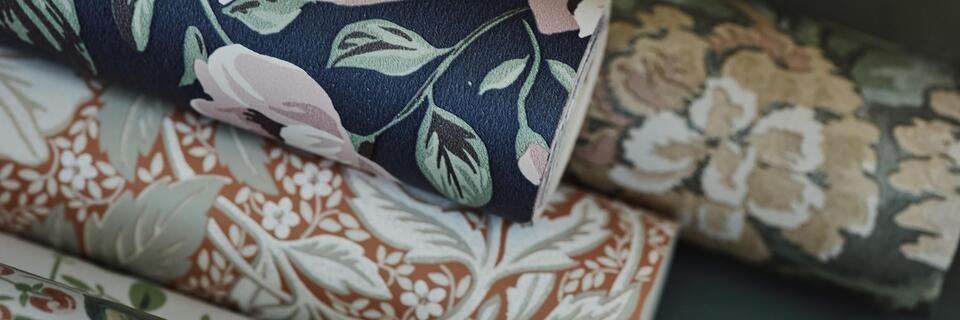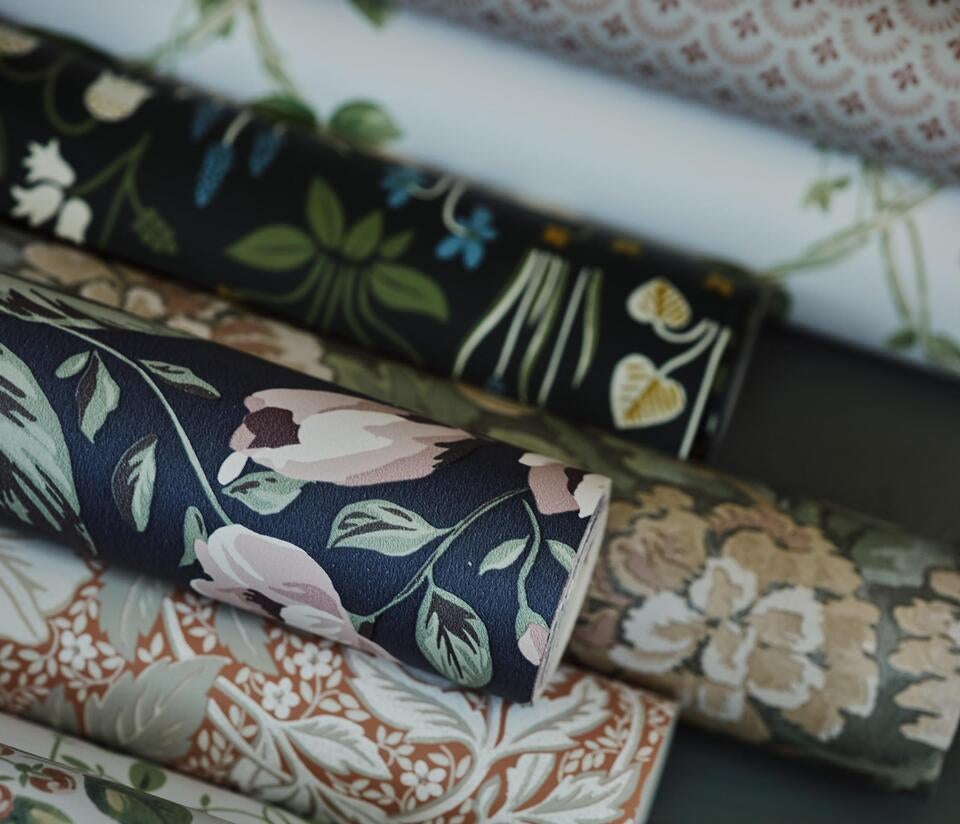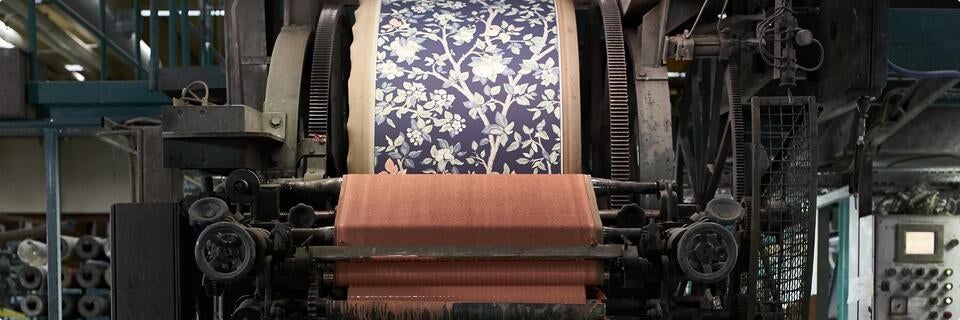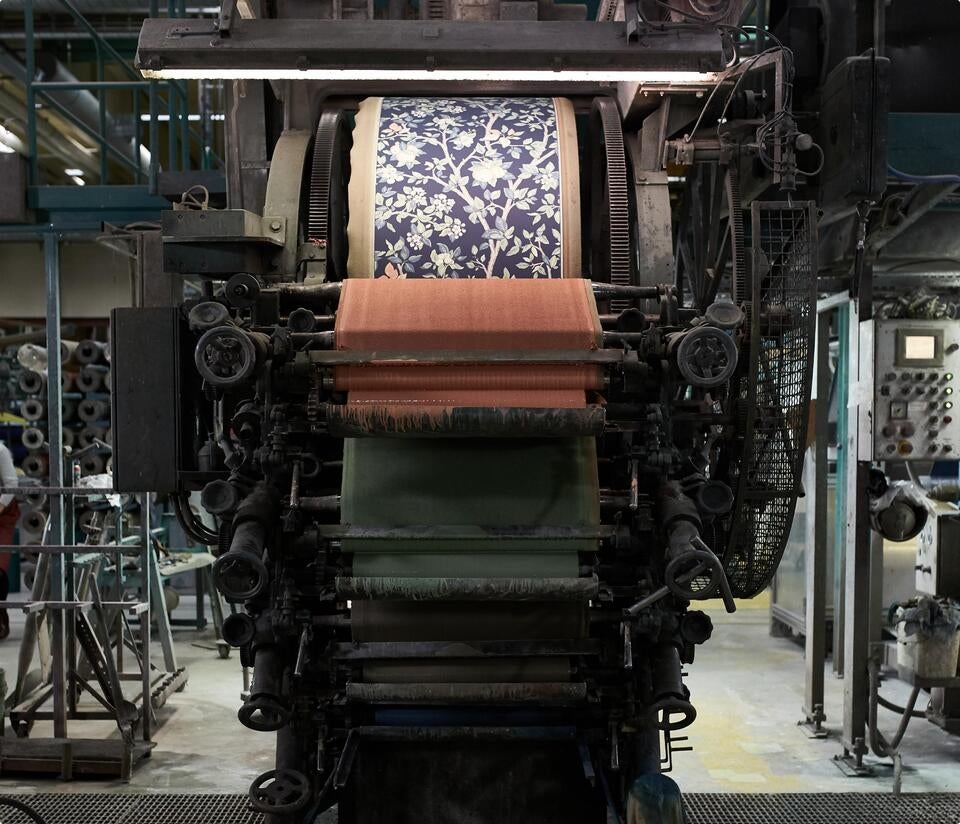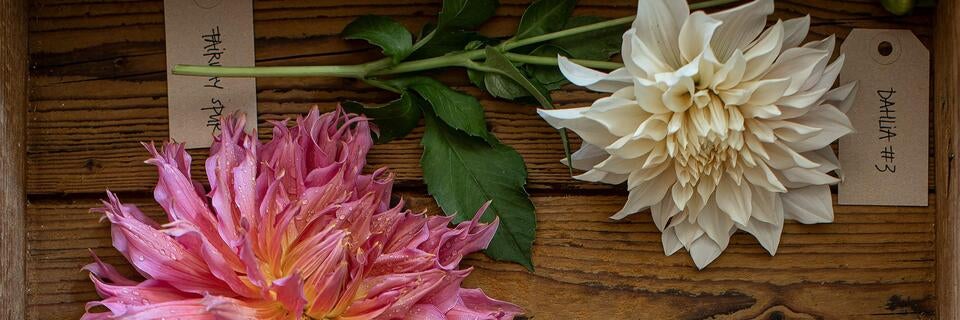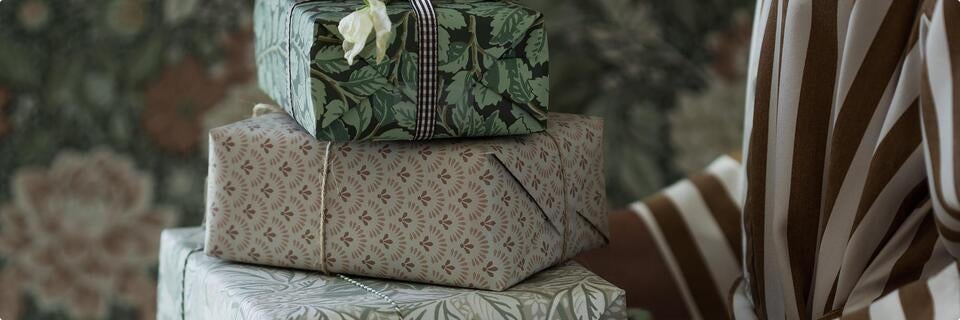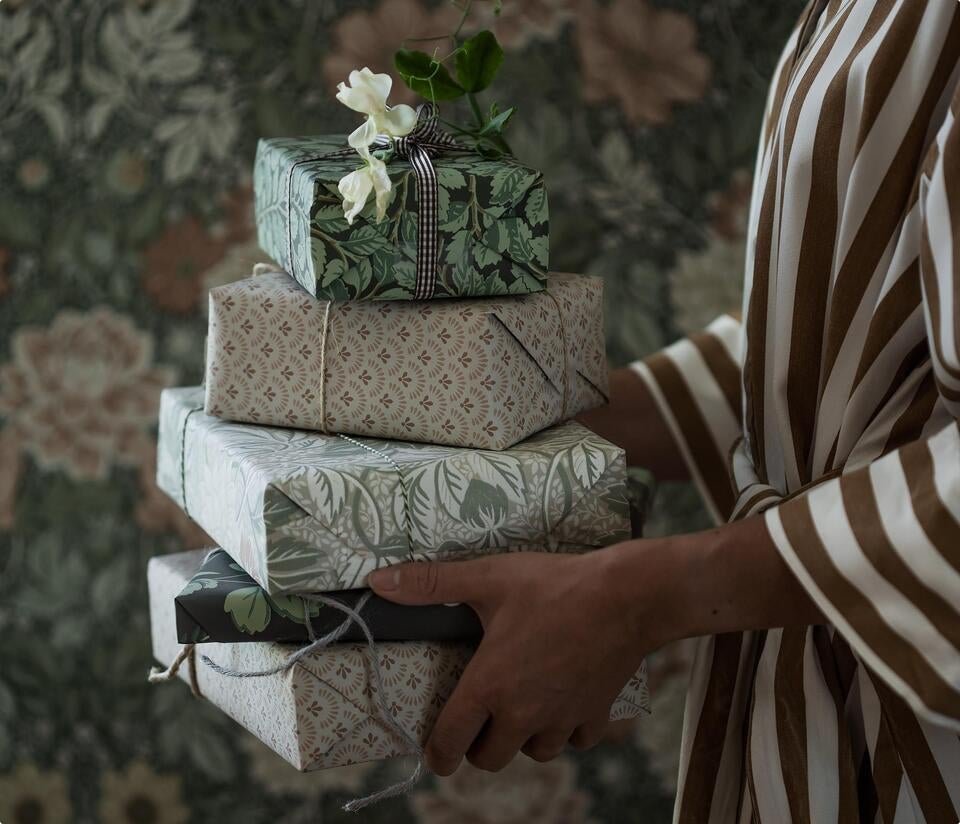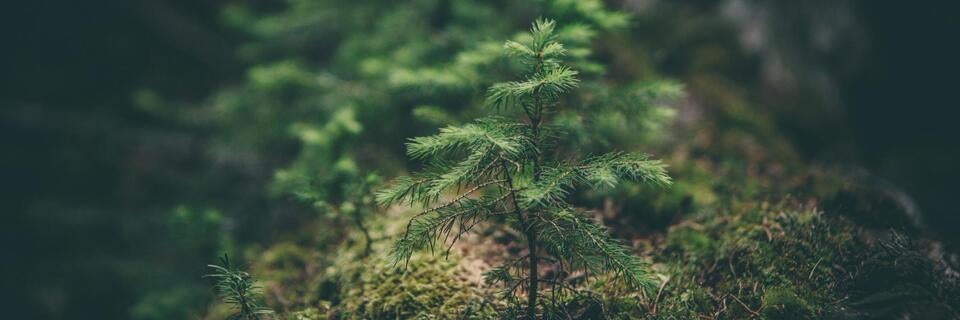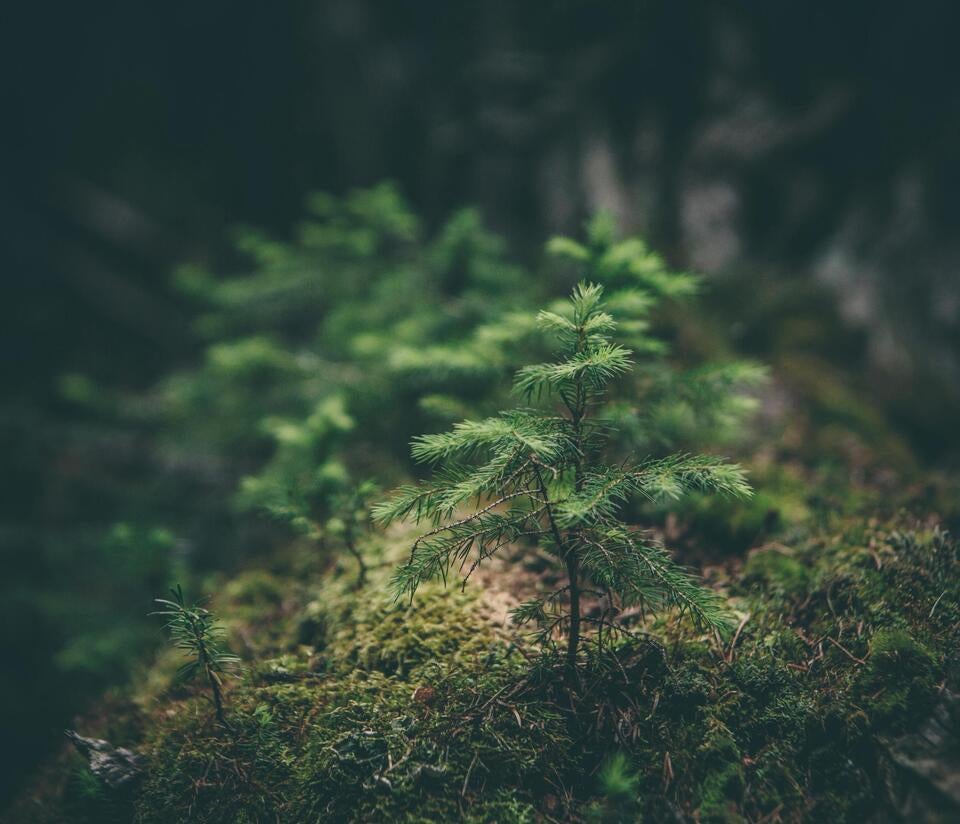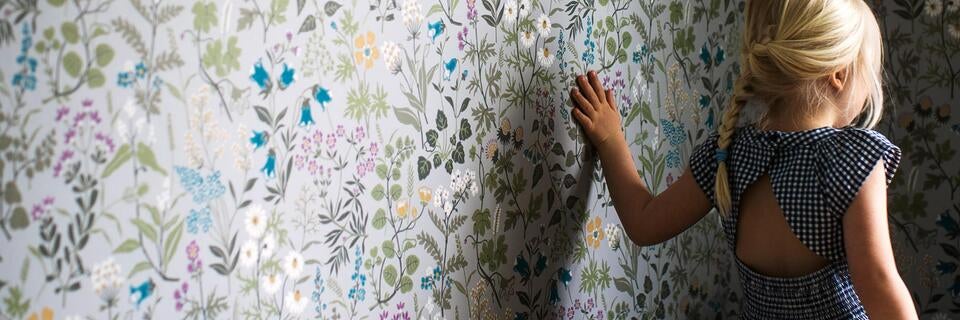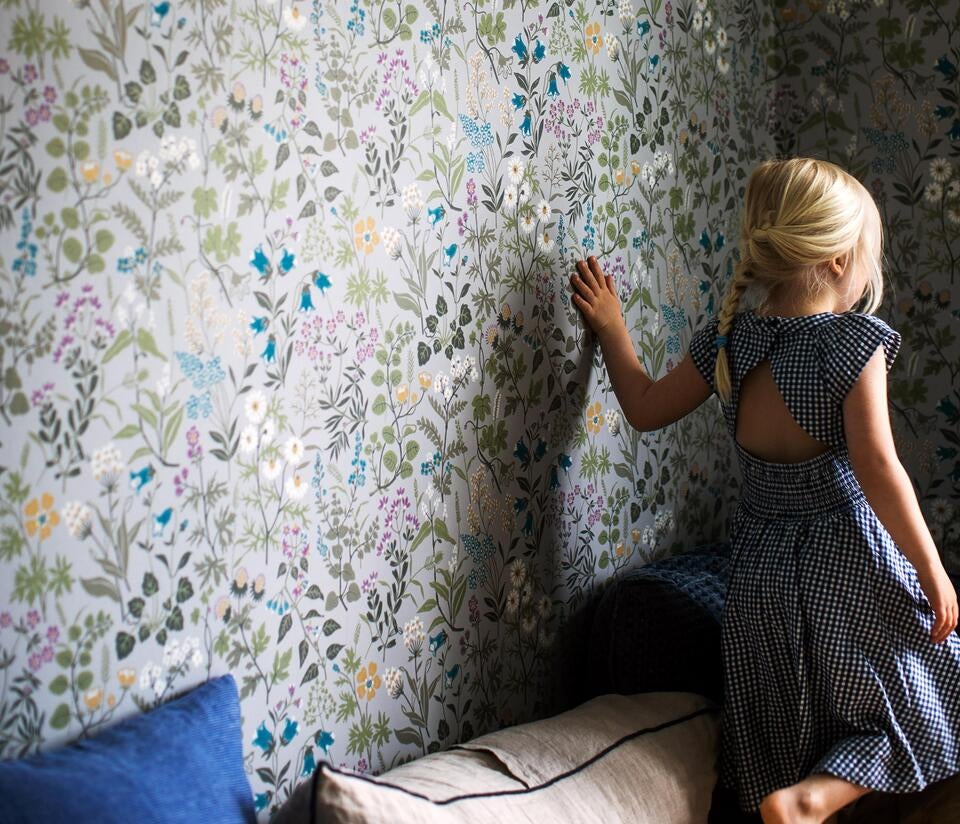Inspired by our Swedish heritage, we create sustainable designs for more beautiful homes.
Environment & Sustainability
Sustainable, of course!
At Boråstapeter, all our wallpaper production takes place in Sweden. In Borås, a small town in southern Sweden, we create wallpaper from the initial sketch to finished product. This gives us great control over the process, and thus also the opportunity to influence and take responsibility at all stages.
We have had more than 100 years to refine what we do, and how we do it. This applies to both the large and the small, the design and choice of materials, production and logistics, energy and recycling. Responsible environmental work and a holistic approach to sustainability have always been issues close to our hearts.
In addition to minimizing the environmental impact, the holistic approach also means taking people into consideration; those who work in production and those who live in environments where our wallpapers can be found.
To find out more, the Group's Annual Report and Sustainability Report can be found here.



